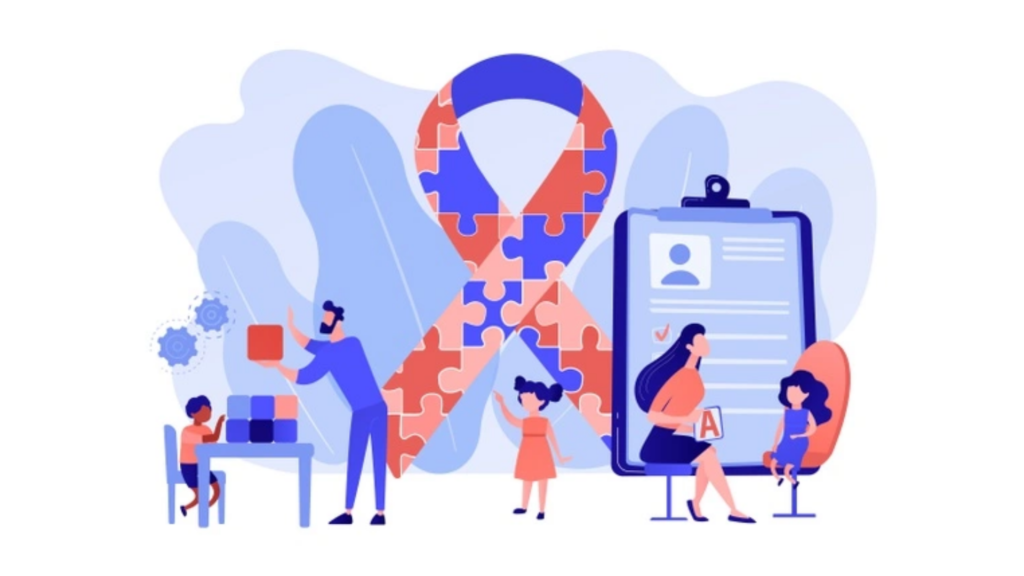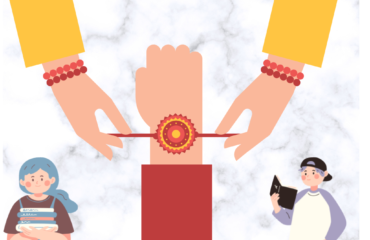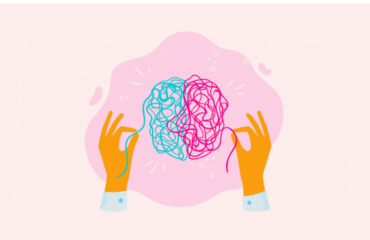
If you’ve met one person with Autism, then you’ve met one person with Autism
– Stephen Shore
Have you come across the Netflix show “Atypical” or “Love on the Spectrum”? Okay, if not this, then for all the Bollywood fanatics, surely you have seen Priyanka Chopra in “Barfi” or Shah Rukh Khan in “My Name is Khan”!
By now I am sure you must have connected the dots and figured out what I’m going to write about….
Yes, it is Autism Spectrum Disorder or ASD!
If you’re not quite sure what I’m really talking about, fear not, this article will help you understand ASD better. So first things first….
What is the meaning of Autism Spectrum Disorder?
Autism Spectrum Disorder is a neurobehavioral condition, more specifically a developmental disorder that may cause social, behavioural and communication barriers.
The reason why it is called a “Spectrum” is that no two people affected by autism are the same. They have diverse personality traits, varied strengths and may need distinct accommodations. However, today, we are going to simplify this vast spectrum to understand it better.
At what age, does Autism usually show up?
Usually, ASD can develop anywhere from before the age of 3 till even later if it goes undiagnosed. In some situations the symptoms may improve over time and in others the common visible behavioural symptoms may not show up until 2 years or later.
Different Types of Autism
Autism is a wide spectrum of different signs and symptoms manifested. The different types of autism on this spectrum could range from low functioning to high functioning. Individuals affected with “Kanner’s Model of Autism or Severe Autism” often fall on the low functioning end of the spectrum, characterized by non-verbal communication, lack of social communication skills, behavioral challenges, etc. Pervasive Developmental Disorders (PDD) would fall on the mid-functioning segment which is usually characterized by difficulty with changes in the normal routine or social reservation. The high functioning end of the spectrum would include Asperger’s Syndrome, which is usually characterized by an inability to understand non-verbal behavior in others and an inability to maintain constant eye contact.
But what are some of the common symptoms of ASD?
Since it is a vast spectrum, different people will show the symptoms of autism manifesting in their own unique ways. Here are some of the common symptoms that are usually noticed in autism spectrum disorder:
- Communication and social gaps
- Poor eye contact
- Repetitive movements like hand flapping, rocking your body back and forth or other sensory stimulations
- Strong affinity to follow one particular routine and stick to it
Do we know why a person may be on the autism spectrum?
Firstly, quite some myths need to be debunked; like vaccines cause autism, or bad parenting leads to the development of autism, and people with autism are unable to feel or express any emotions. These are plain misconceptions which should not hinder you from understanding the crux of “What really causes autism?”
A lot of research work has been going on with scientists identifying the genomic and proteomic sequences that could play a significant role in causing autism. Researchers have identified that several brain regions lack perfect synchronization with each other thus leading to a delay in understanding non-verbal cues, maintaining constant eye contact, having difficulty in social interactions and communications.
So can autism go away? We don’t want it to. Then how do we manage autism?
Management of ASD
There is no permanent cure for ASD, but management and therapy strategies are directed towards helping the individual out with performing daily tasks without the symptoms being a hindrance. Each person with ASD is different hence personalised treatment plans work out the best. The response to highly specialised and structured programs to manage ASD usually work out the best. Therapy and the appropriate support is something that is needed for an individual with autism over the years, hence it is important to stay consistent and try out different combinations. Some of the different therapy strategies that can be used are:
- Cognitive Behavioural Therapy
- Psychotherapy
- Early Intervention
- Educational and school based therapies
- Medication treatment
- Occupational therapy
- Speech therapy
- Social skills training
- Nutritional therapy
- Physical therapy
If this article has piqued your interest in understanding more about Autism, then we surely recommend you our very own Reservoir’s video on Autism!




You must be logged in to post a comment.